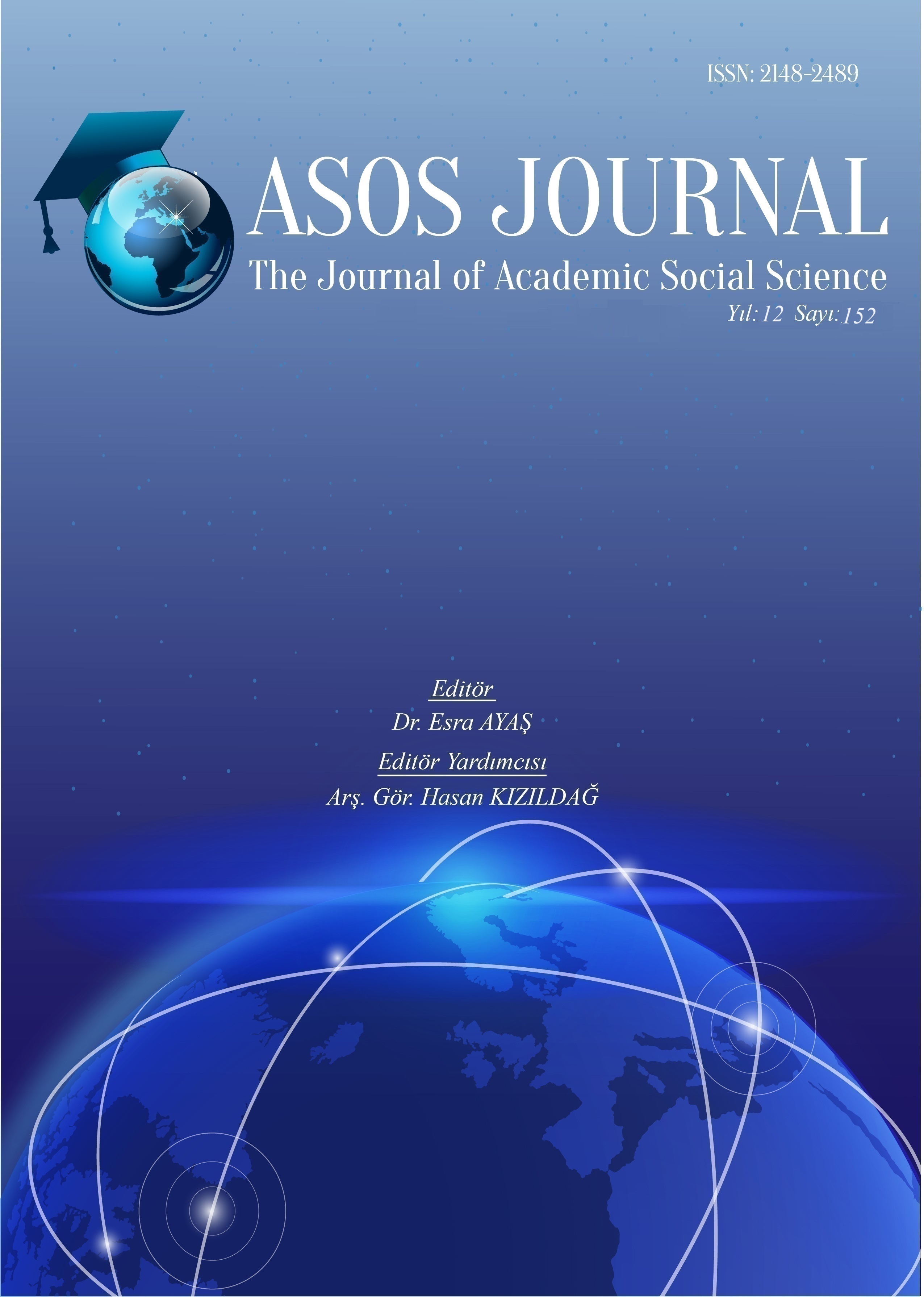Author :
Abstract
Sinema sanatı aynı zamanda belgesel sinema tarihi ile eş zamanlı bir geçmişe sahip olmuştur. Sinema sanatının ortaya çıkmasıyla beraber, hareketli görüntülerin en önemli görevi bir mesaj veya anlamın aktarılması olmuştur. Tez içeriği çerçevesinde, belgesel sinemanın tarihsel sürecinden bahsederken, bu sinema türünün gelişmesi ve farklı kültürlerde değişen amaçlara hizmet etmesi ele alınmıştır. Tez kapsamında; Belgesel sinemanın İkinci Dünya Savaşı sonrası, televizyonla el sıkışmasıyla beraber ve modernizmin etkisiyle tüketim kültürün daha hissedilir olduğu bir dönemde, farklı ideolojiler eşliğinde nasıl bir değişime uğradığını anlatmaktadır. Tüketim kültürünün, insan hayatının her alanını etkilemesi, günümüz belgesel sinemanın televizyona geçiş süreciyle beraber reality showların bu türü deforme ettiği ve melez türlerin ortaya çıkarak, türketim kültürüne hizmet etmesi tezin temel sorununu oluşturmaktadır. Belgesel ise sinemanın varlığını sürdürebilmesi için, televizyonla yaptığı anlaşma melez türlerin ortaya çıkmasına neden olmuştur. Böylelikle belgesel sinema televizyonun fiziksel ve içeriksel özeliklerini kendi temeline dâhil ederken, televizyon tüketiciyle farklı bir zeminde buluşmak zorunda kalmıştır. Bu çalışmada ele alınan Dicovery Channel’in alt kanalı olan TLC kanalında yayınlanmakta olan “Sıkı Dönüşüm”, Norman Fairclough’un -eleştirel söylem analizi- yöntemiyle analiz edilmektedir. Söylem, 1960 sonrası Batı’da sosyal bilimlerde ortaya çıkan bilimsel makale ve eserlerde kullanılan bir yöntem olmuştur. Bu yöntem daha çok diyaloglar ve beden dili üzerinden, incelenen programda aktarılan ideolojik mesajları tüketim kültürü bağlamında ortaya koymayı hedeflemektedir.
Keywords
Abstract
The art of cinema also has a history similar to the history of documentary cinema. With the emergence of the art of cinema, the most critical task of moving images has been to convey a message or meaning. Within the framework of the thesis content, while discussing the historical process of documentary cinema, the development of this type of cinema and its serving different purposes in different cultures are discussed. Within the scope of the thesis, it explains how documentary cinema changed after the Second World War when it shook hands with television and when consumer culture was more palpable with the influence of modernism, accompanied by different ideologies. The main problem of the thesis is that the culture of consumption affects every aspect of human life. Reality shows deformed this genre with the transition of documentary cinema to television, and hybrid genres emerged to serve the culture of consumption. For documentary cinema to survive, its agreement with television has led to the emergence of hybrid genres. In this study, "Tight Transformation," broadcast on TLC, a sub-channel of the Discovery Channel, is analyzed using Norman Fairclough's critical discourse analysis method. Discourse has been used in scientific articles and works that emerged in social sciences in the West after 1960. This method aims to reveal the ideological messages conveyed in the program through dialogues and body language in the context of consumer culture.





